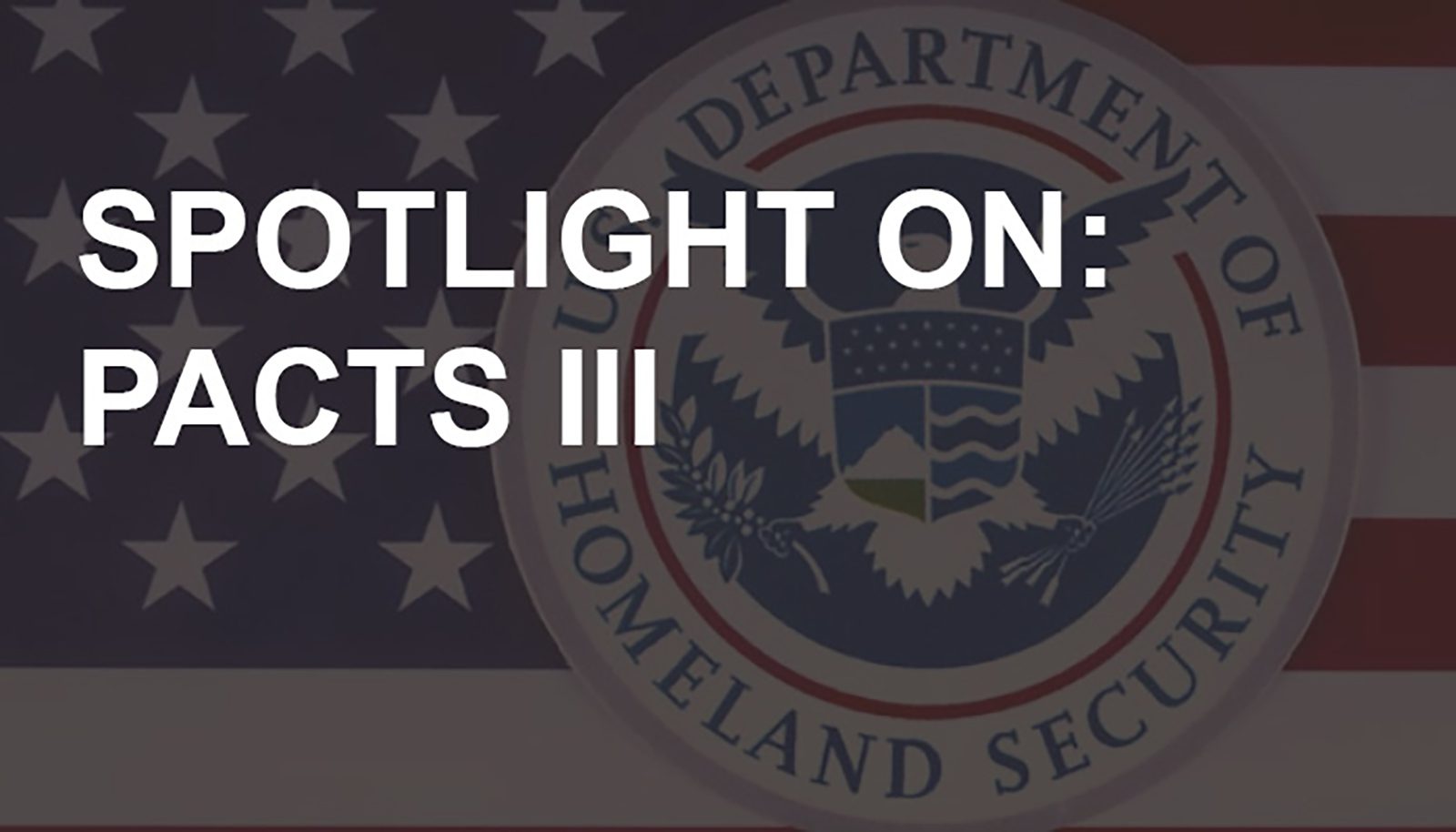PACTS III, as the name suggests, is the third in a series of multiple-award IDIQs soliciting non-IT services and targeted to the SDVOSB community. Previously, PACTS I procured and awarded contracts in four Functional Categories (FCs). These were Program Management, Technical Support, Administrative Support, and Clerical Support. The number of awardees was kept to 35 (no more than 10 to each). PACTS II compressed the four into two: Program Management and Technical; and Administrative and Operations (still Clerical)—awarding a near-identical number of contracts (34).
PACTS I vs. PACTS II
Beyond narrowing the number of FCs, there were additional key differentiations in the PACTS I and II procurements. PACTS I involved a two-phase down-select evaluation, with Phase I primarily scrutinizing relevant past performance. Those still standing after Phase I were invited to submit conventional proposals seeking to score via a 20-page tech/management/staffing explanation. Plus an expansive roster of past performance summaries (3 from the prime and up to 7 additional from the subs).
PACTS II employed a one-phase process: But it fractured the proposal response into several files and imposed severe page-limited explanations on key offeror differentiators: Program management approach (contract level and TO-level) and resourcing—along with the usual recruiting/retention stuff and personnel competencies (5 pages max). Only the Program Manager’s résumé received a luxurious page allowance. A minimum of 5 and maximum of 7 past performance references were required. The minimum having to be achieved through sources other than a large business subcontractor. Neither PACTS vehicle limited the number of large business subs a team could possess—a fact worth noting. Also worth noting: While PACTS I did NOT allow adding subs to one’s team post award; PACTS II did allow this. Was this righting a past wrong?
Past is Prolog: Strong Bidder Team for PACTS III
So, how much past is prologue here? While, each generation of IDIQ vehicle learns from the past, in these days of acquisition team turnover (and increasing cut and paste RFPs), who’s to say? Anything worthy of a head-start? Well, as soon as finishing your reading of this blog (if you haven’t already done it), FORGE THE STRONGEST POSSIBLE BIDDING TEAM!!
Assemble a “sufficiently sized” group of subs to your prime stocked with both complementary and redundant expertise and resources. Including a sizable incumbent or recently incumbent business footprint in DHS; a specialty service additional SDVOSB—in fact—a United Nations of SBs (if possible). Plus, one or two reputable large businesses (mentor–protégé with one, perhaps). As an up-and-coming SDVOSB, the extended Govt customer connections, geographic coverage, and expansive talents of the large business sub will come in handy. Since neither of the earlier PACTS RFPs demanded a sizeable narrative, no need to wear out a writing team on crafting a complete submission likely to be trashed or marginally useful; but harvest those corporate stats (contract awards, esp. on other IDIQ/GWACS vehicles) and employee stats. Both PACTS RFPs required detailed resources data: number of employees specializing, certified, trained, or cleared in this or that.
PACTS III Win Themes and Discriminators
RFP Section L will tip you off to the needed Win Themes by what they require in your program management and staffing volumes. Inferable through ALL IDIQs and common to all bidders who know how to win these, will be:
“We know how to staff.”
“We know how to manage MANY task orders (simultaneously).”
“We know how to create winning proposals and do many of them (respond to many task orders).”
“We are a strong team going into this and we will stay a strong team throughout.”
And finally, the ever popular, “We know how to market your IDIQ and help make it a huge success!”
Of course, the pudding is in the proof. So where is your evidence?
What about the Discriminators?
Win Themes are easy; Discriminators—the stuff that makes the Win Themes do-able, not so much. What if you are experienced with what it REALLY takes—the discriminating, differentiating solutions that MUST be told—to win an IDIQ award? (Yes, they are special), do craft these early, as they will shape everything else said in critical volumes and will expedite your strategizing and content drafting.
If you don’t know these, seek the help of experienced professionals. There are at least several dozen—a.k.a., likely awardees—of the two or three hundred SDVOSB PACTS bidders who either know what to say already or will hire experienced professionals who know. Worth noting also: To get those big and useful companies to jump on board with you (and only you), they will need to believe you have what it takes to win a PACTS III award and keep winning the task orders that ensue. Amazing what a smart PowerPoint presentation can do.
Note: This article was written by an SME who helped win PACTS I and PACTS II.
Need proposal support for PACTS III? Get in touch below.






Leave A Comment